Rubidium atoms are used to convert between millimetre-wave photons and optical-wavelength photons.
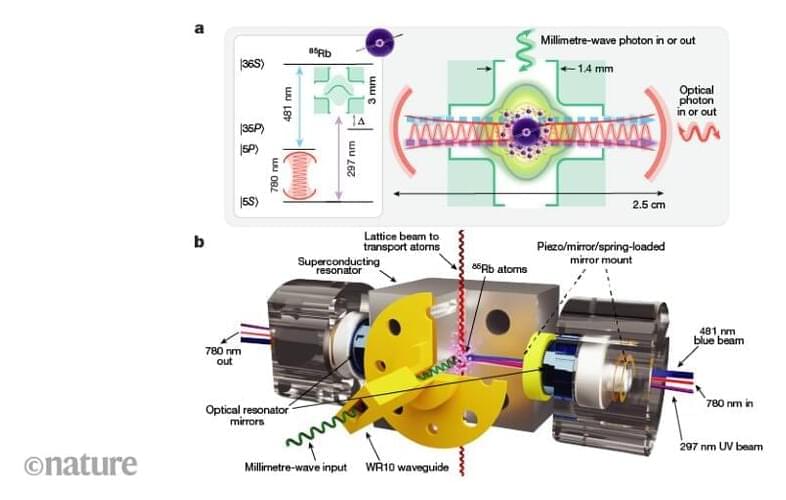

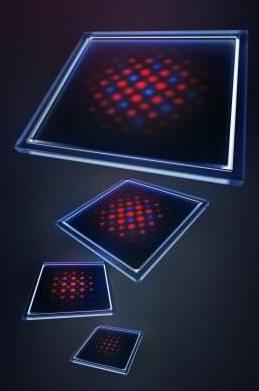
Researchers at Yale have for the first time, using a process known as quantum error correction, substantially extended the lifetime of a quantum bit—a long-sought-after goal and one of the trickiest challenges in the field of quantum physics.
Led by Yale’s Michael Devoret, the experiment proves—decades after its theoretical foundations were proposed—that quantum error correction works in practice. Quantum error correction is a process designed to keep quantum information intact for a period of time longer than if the same information were stored in hardware components without any correction.
The results were published March 22 in Nature.
Growing brains can be a tricky process, but growing ones that can make muscles move? That’s an incredible feat. Here’s how scientists did it.
How Close Are We to Farming Human Body Parts? — https://youtu.be/oRHxX9OW9ow.
Cerebral organoids at the air-liquid interface generate nerve tracts with functional output.
https://www2.mrc-lmb.cam.ac.uk/cerebral-organoids-at-the-air…al-output/
“The capacity for this model to be used to investigate the way in which neurons connect up within the brain and with the spinal cord could have important implications for our understanding of a range of diseases. In particular defects in neuronal connectivity are thought to underlie various psychiatric illnesses, including schizophrenia, autism, and depression. ”
Cerebral organoids at the air–liquid interface generate diverse nerve tracts with functional output.
https://www.readcube.com/articles/10.1038/s41593-019-0350-2
“Finally, through electrophysiological and co-culture studies, we demonstrate functionality of these tracts, which are even capable of eliciting coordinated muscle contractions in co-cultured mouse spinal cord–muscle explants. This approach is likely to be a useful new tool, not only because of its ease, but also due to its util-ity in studying axon guidance, tract formation, and connectivity in a human system”
What’s Wrong With Growing Blobs of Brain Tissue?
https://www.theatlantic.com/science/archive/2018/04/what-hap…ns/558881/
“The stuff we really care about in the brain, like consciousness, are emergent phenomena—they arise from the collective workings of individual neurons, which create a whole that’s greater than the sum of its parts. The problem is that we don’t know at what level these phenomena emerge. A neuron is not conscious. A person is. What about all the steps in the middle? What about 2 million neurons? 20 million? 200 million?”
Elements is more than just a science show. It’s your science-loving best friend, tasked with keeping you updated and interested on all the compelling, innovative and groundbreaking science happening all around us. Join our passionate hosts as they help break down and present fascinating science, from quarks to quantum theory and beyond.
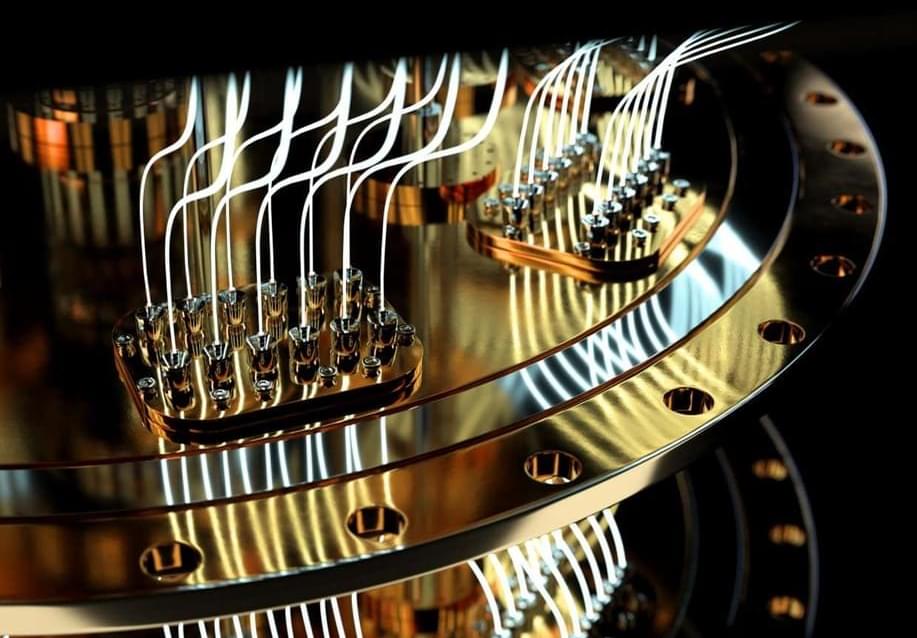
A superconducting ink made through a simple process called chemical exfoliation could be used to print the cold circuits inside quantum computers and MRI machines.
By Leah Crane
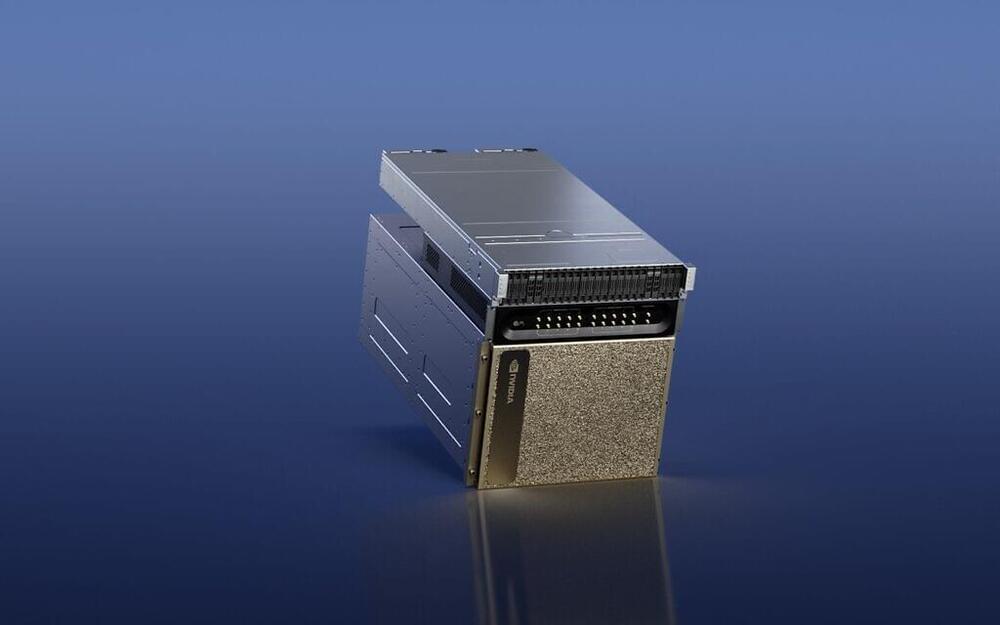
US gaming and computer graphics giant Nvidia has joined forces with an Israeli startup to roll out a new hardware system to connect the quantum computer with classical computers.
The new system, Nvidia DGX Quantum, built together with Israel’s Quantum Machines, a developer of a standard universal language for quantum computers, is expected to be first deployed at Israel’s quantum computing research center at the end of this year.
The quantum computing R&D center funded by the Israel Innovation Authority at an investment of NIS 100 million ($27 million), which is headed by Quantum Machines, was established to help Israel build a quantum computer and advance research in the field that would lead to future developments in economics, technology, security, engineering, and science.
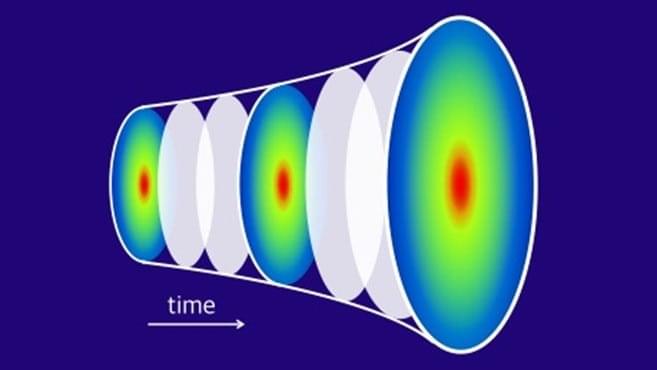
Unfortunately for the field of cosmology, there is only one universe. This makes performing experiments in the same way as other scientific fields quite a challenge. But it turns out that the universe and the quantum fields that permeate it are highly analogous to quantum fluids like Bose-Einstein condensates (BECs), at least from a mathematical point of view. These fluids can be the subject of experiments, allowing cosmology to be studied in the lab.
\r \r.
In a paper published in Nature, researchers at Heidelberg University in Germany have for the first time used a BEC to simulate an expanding universe and certain quantum fields within it. This allows for the study of important cosmological scenarios. Not only is the universe currently expanding, but it is believed that in the first fractions of a second after the Big Bang it underwent a period of extremely rapid expansion known as “inflation.” This process would have expanded the microscopic fluctuations of quantum fields in the early universe to the size of galaxy clusters, seeding the large-scale structure of our universe today.
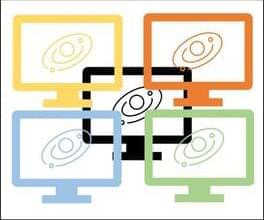

The introduction of a novel idea of quantum computing in industrial applications is the result of the slow but steady progress of computing systems and equipment. Quantum computers, which are primarily used to aid in complex computations, are anticipated to significantly progress several industries and open up new prospects.
The promotion of IBM’s supercomputers is not far behind that of other tech behemoths like Google, who claim to have a better grasp on quantum dominance. What’s more crucial, though, is that enterprises and entire sectors will undoubtedly benefit from massive automation and digital transformation thanks to the industrial applications of quantum computing development. Quantum computing in 2023 offers countless opportunities. The world will eventually learn about the actual potential of quantum computing. With each passing day, the demand for effective processing grows, and it appears that the only option is to develop quantum applications. In this article, we have enlisted the top 10 industrial applications of quantum computing.

Madhumita Murgia Hi, my name is Madhumita Murgia, and I’m one of the presenters of Tech Tonic. We’re looking for some feedback from our listeners about the show. So if you have a second, please fill out our brief listener survey, which you can find at ft.com/techtonicsurvey.
[MUSIC PLAYING]
In this season of Tech Tonic, we’ve been talking about quantum computers and why some people think they’re so revolutionary. But so far we’ve mainly talked about the things quantum computers can do, or at least what they might be able to do in the future that makes them so groundbreaking: performing calculations that should take centuries in minutes, cracking the unbreakable codes of the internet, dramatically speeding up the development of new drugs and materials. But what we haven’t done yet is look at why they’re able to do these things. What’s going on inside a quantum computer that makes them so extraordinary, so completely different to any computer that’s come before.
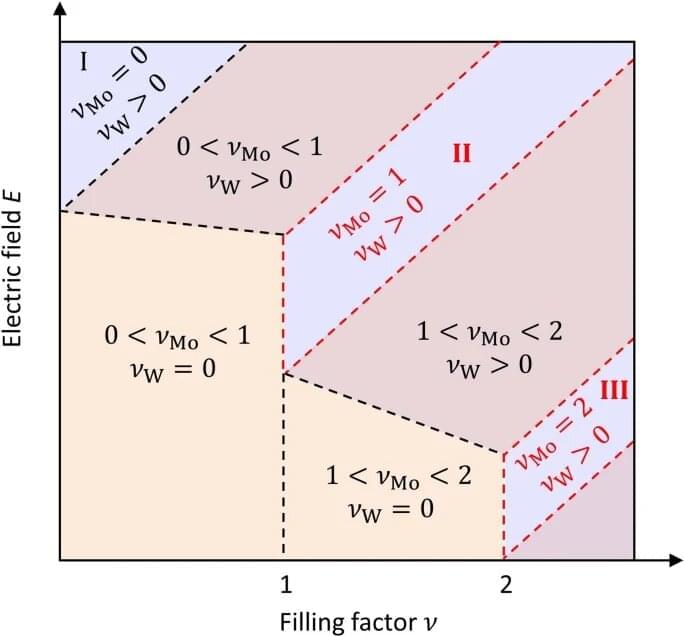
A model system created by stacking a pair of monolayer semiconductors is giving physicists a simpler way to study confounding quantum behavior, from heavy fermions to exotic quantum phase transitions.
The group’s paper, “Gate-Tunable Heavy Fermions in a Moiré Kondo Lattice,” published March 15 in Nature. The lead author is postdoctoral fellow Wenjin Zhao in the Kavli Institute at Cornell.
The project was led by Kin Fai Mak, professor of physics in the College of Arts and Sciences, and Jie Shan, professor of applied and engineering physics in Cornell Engineering and in A&S, the paper’s co-senior authors. Both researchers are members of the Kavli Institute; they came to Cornell through the provost’s Nanoscale Science and Microsystems Engineering (NEXT Nano) initiative.